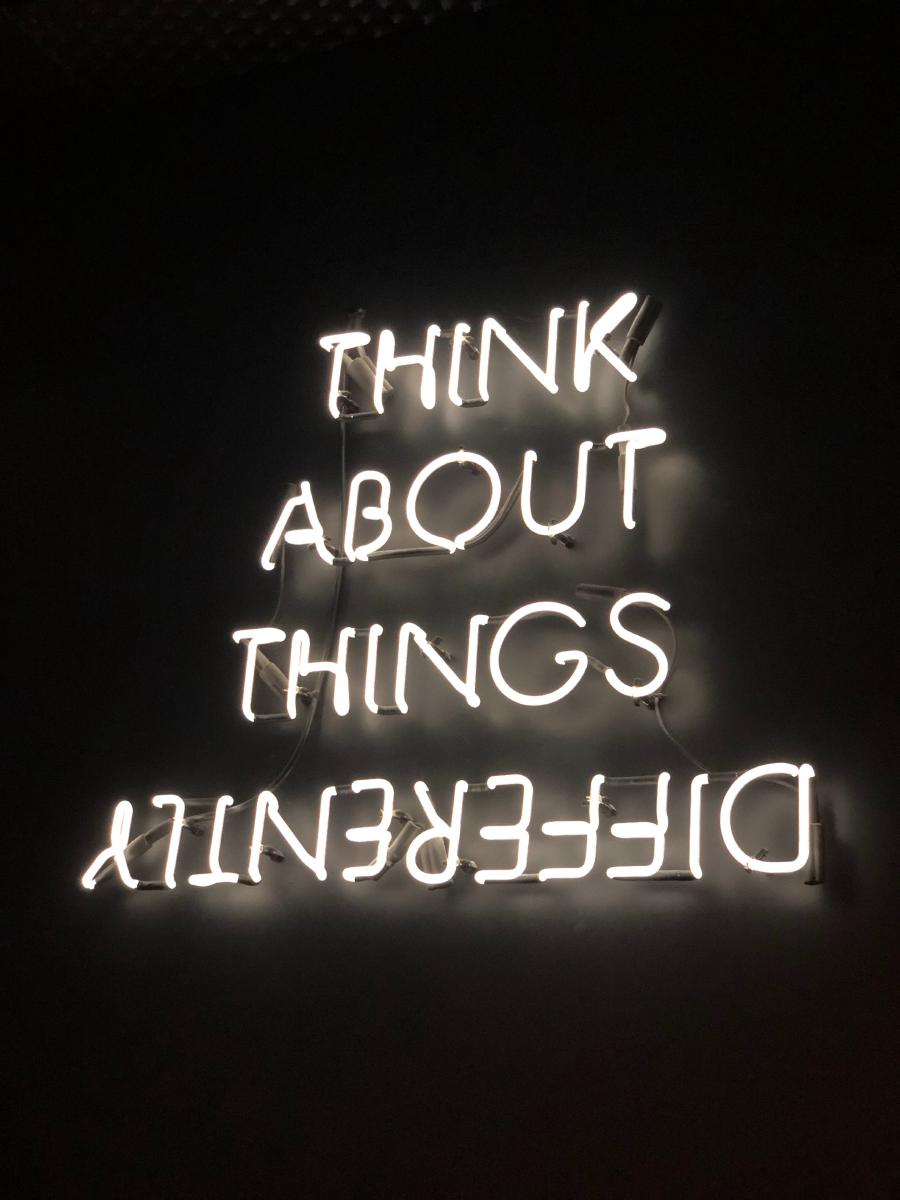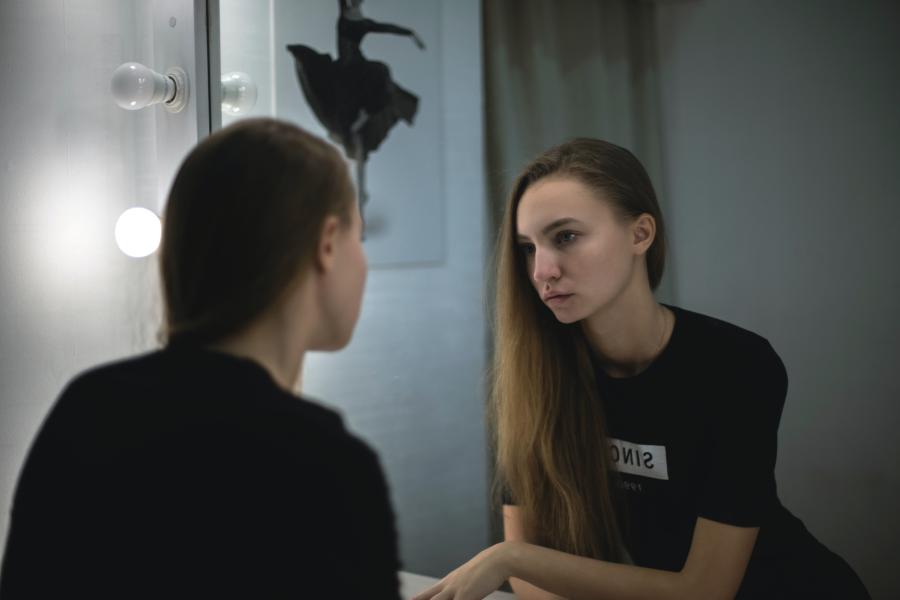
Developing Asset-Based Dispositions
Everyone is capable of mastering any competency when given the appropriate amount of time and support. This statement is supported by a variety of research, including the research included in Ericsson and Pool’s book, Peak: Secrets from the New Science of Expertise.
“If we can show students that they have the power to develop a skill of their choice and that, while it is not easy, it has many rewards that will make it worthwhile, we make it much more likely that they will use deliberate practice to develop various skills over their lifetimes.” Ericsson & Pool (2016)
Understanding and believing this is essential for not just educators, but also for learners so that they have the grit to push through any temporary setbacks.
Developing the Culture
“Appropriate support” means ensuring that each learner is not only receiving the right amount of support but also the right type of support. While an educator can do a lot to meet this need, the best chance for success is to develop a classroom culture where learners seek out and utilize each other’s strengths to support their weaknesses. Clifton and Nelson (as cited in Lopez & Louis, 2009) note that “strengths develop best in response to other human beings,” so learning environments need to see their variety of difference as an opportunity to increase success for everyone.
Build Community

The first step in developing this culture is to build community in the learning environment. This means ensuring that each learner feels like they are an asset to the group in some way and, as a result, feel like they belong. This makes cultivating a safe and inviting learning environment one of the natural first steps in preventing deficit-focused mindsets.
Learners often feel like they don’t have any strengths to share, but this is because they don’t feel like their strengths are applicable to the learning environment. When building culture, educators should encourage learners to share and discuss any and every strength they have - even if it might not make sense in the current context. Martin (2018) recommends that educators dedicate time for a show-and-tell for learners. Over time, this show-and-tell time moves into small group discussions about each other’s strengths.
Furthermore, learning environments should actively acknowledge and celebrate each individual in the group’s success. When one of us wins, we all win together. To further solidify this culture of positivity and asset-based dispositions, educators should enlist learners as negativity police to call each other out on deficit-based assumptions - even if it is the educator wrongly making those assumptions (Klein, 2017).
Reframe Behavior

Often, we can find strengths within problematic behaviors. When someone’s behavior is reframed, we look past their actions as being “problematic” or “undesirable” and instead seeing them as an exhibition of their capability. Educators that make this shift to their mindset will begin to see new opportunities for their learners to shine that others might overlook. It also provides an added benefit of curing perceived behavioral problems that are really the result of other social-emotional needs.
That learner who is constantly talking? Consider that they might not have gotten enough socialization earlier in the day. Let them talk by leading the class discussion.
That learner who is always up and walking about the room? Consider that they might not have gotten enough physical activity during the day. Let them pass-out and collect papers, or even run an errand for you.
This way of thinking is common when working with younger learners, but it is often neglected when working with older learners and it shouldn’t be dismissed as irrelevant.
According to Molnar and Lindquist (as cited in Weiner, 2006), the process of reframing consists of four steps:
- Describe the behavior in factual and observable terms.
- Identify how the behavior is a strength.
- Create a new, positive perspective on the behavior and individual.
- State this new perspective to the individual and act on it.
Encourage Self-Reflection

The ultimate goal of deliberate practice is to close the gap between where we are and where we want to be. When young learners are taught how to learn, they are asked to focus on their deficits so that they will know what they need to practice in order to improve. This is especially true when developing skills, such as the arts or athletics.
While this makes learners extremely effective at pinpointing their mistakes so that they can improve them, it has the unfortunate side effect of making it impossible for them to describe what they did well. This leads learners to having no concept of what they are actually good at (Lopez & Louis, 2009) - they have trouble seeing the forest through the trees.
Educators need to take the time to talk with learners and encourage them focus on what they did well as well what could be better so that they can see their strengths beyond their deficits. Learners can then leverage those strengths to work together to fill the gaps in their understanding (Klein, 2017).
Responsive Pedagogy Practices
In addition to building a culture around strengths, it’s important that coursework also provide the opportunity to highlight each learner’s strengths. I am fortunate enough to teach a subject that can easily leverage individual learner interests and culture - music. Everyone has their own taste in music and that taste can be further refined down to one of numerous subgenres to fit every niche. Music is probably the aspect of our life that is most influenced by our culture and family.
While these examples might not be applicable to every learning environment, hopefully they can serve as a guide for ways that learners can share personal interests with their peers and embrace their peer’s interests.
New Music Fridays

For New Music Friday, learners share whatever song they are listening to with no limitation except we have to be able to find a radio edit version. The learner shares what musical aspects of the song they enjoy before their peers listens to it through the first chorus.
When sharing, there is a mutual understanding that we do not have to like the music someone picks, but we will listen to it with open and respectful ears to see why their peer enjoys the song. We never know when we might enjoy something small within something that you don’t enjoy as a whole.
This activity works well for my subject because it covers the content standards while also helping build community. The effectiveness of it is fully realized when a learner suggests a song from a more atypical genre (such as Japanese City Pop), receives some subtle groans at the start of the song, and ends with those same learners vocalizing that they actually enjoyed it.
Broad Projects

In music, there are so many different genres that there just isn’t enough time to learn how to compose in each one and cover everything else that must be covered. This is true for many courses - every learner has something different that they are interested in and there just isn’t enough time to hit it all. As a solution, I approach everything in class as if genres do not exist.
This means that we cover the content and techniques in a way that it can be applied to any genre. Learners then have the opportunity to pick a genre of their choice to further explore how the concept is applied there. Projects have generic rubrics that focus on the overall skills being assessed and provide enough flexibility so that each learner can write or analyze in the genre that they are the most connected to. This gives them flexibility and provides a common ground for the learners to discuss and understand each other’s projects as well.
Resources
Alberta Mentoring Partnership. (n.d.). Creating Strength-Based Classrooms and Schools: A Practice Guide For Classrooms and Schools. Alberta Mentoring Partnership. https://albertamentors.ca/wp-content/uploads/2013/10/SB_for_Schools_and_Classrooms.pdf
Ericsson, A & Pool, R. (2017). Peak: Secrets from the New Science of Expertise. Eamon Dolan/Houghton Mifflin Harcourt. https://www.amazon.com/Peak-Secrets-New-Science-Expertise-ebook/dp/B011H56MKS
Klein, J. D. (2017, June 5). Five Ways to Build an Asset-Based Mindset in Education Partnerships. Education Week. https://www.edweek.org/policy-politics/opinion-five-ways-to-build-an-asset-based-mindset-in-education-partnerships/2017/06
Lopez, S. J. & Louis, M. C. (2009). The Principles of Strengths-Based Education. Journal of College and Character, 10(4). https://doi.org/10.2202/1940-1639.1041
Martin, K. (2018, October 28). 10 Ideas for Creating a Strengths-Based Culture. Kate Martin. https://katielmartin.com/2018/10/28/10-ideas-for-creating-a-strenghts-based-culture/
Weiner, L. (2006). Challenging Deficit Thinking. Educational Leadership, 64(1), 42-45. https://files.ascd.org/staticfiles/ascd/pdf/journals/ed_lead/el200609_weiner.pdf